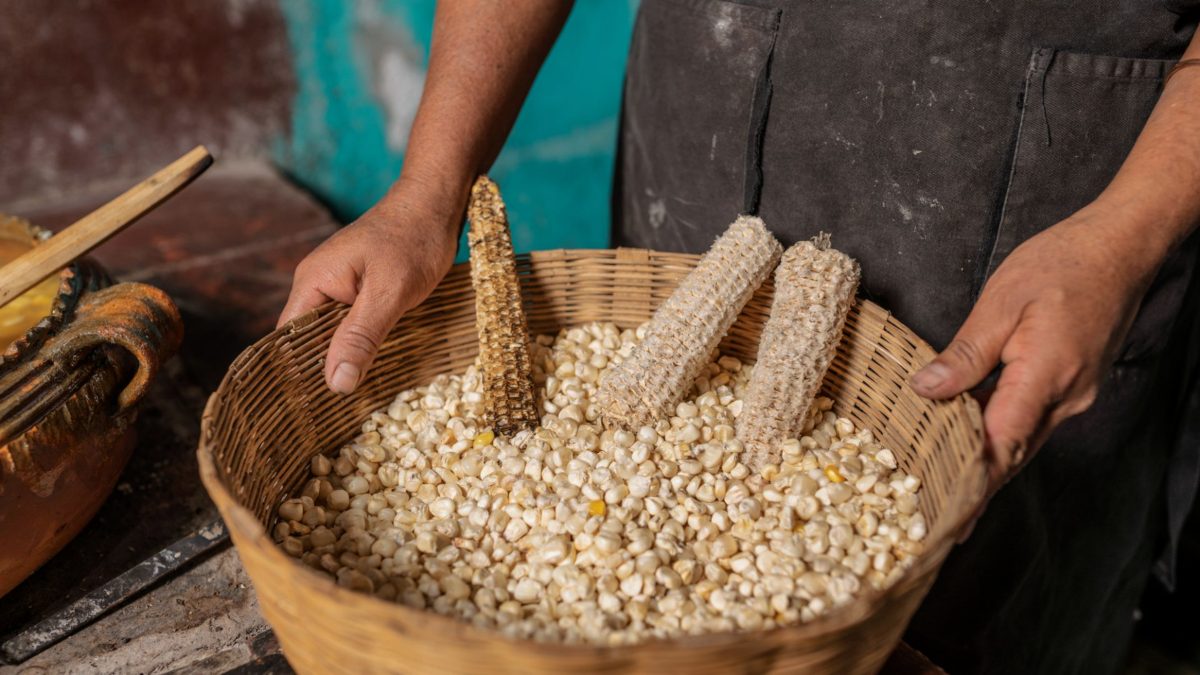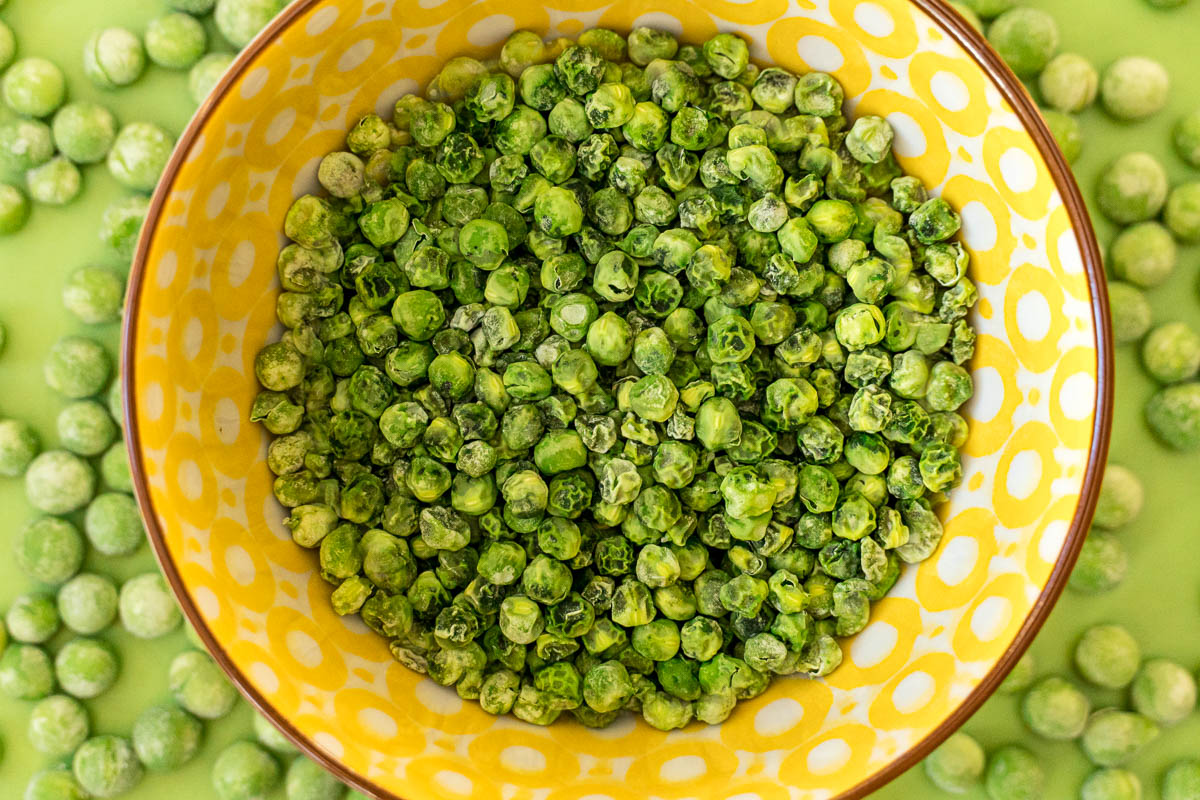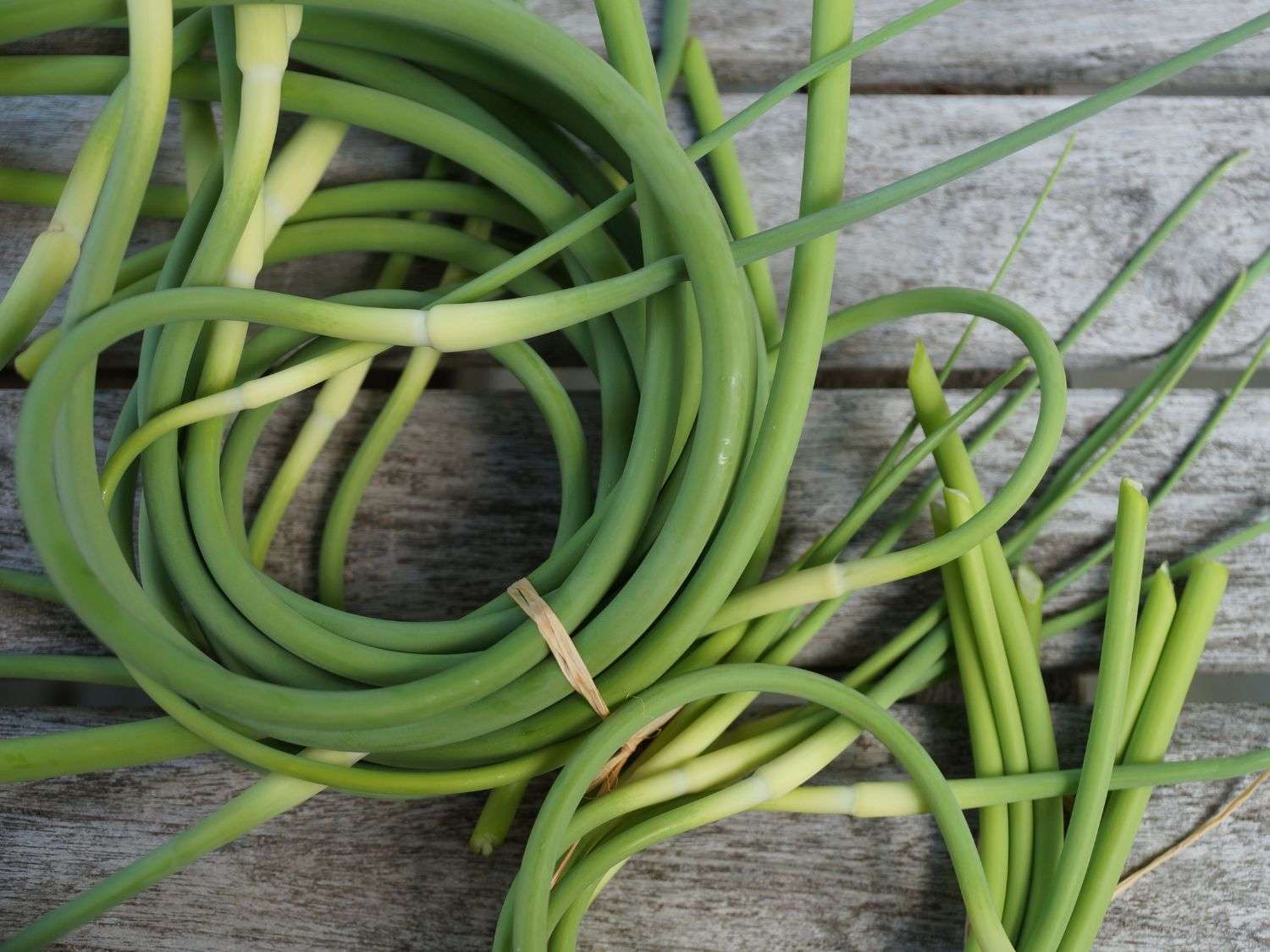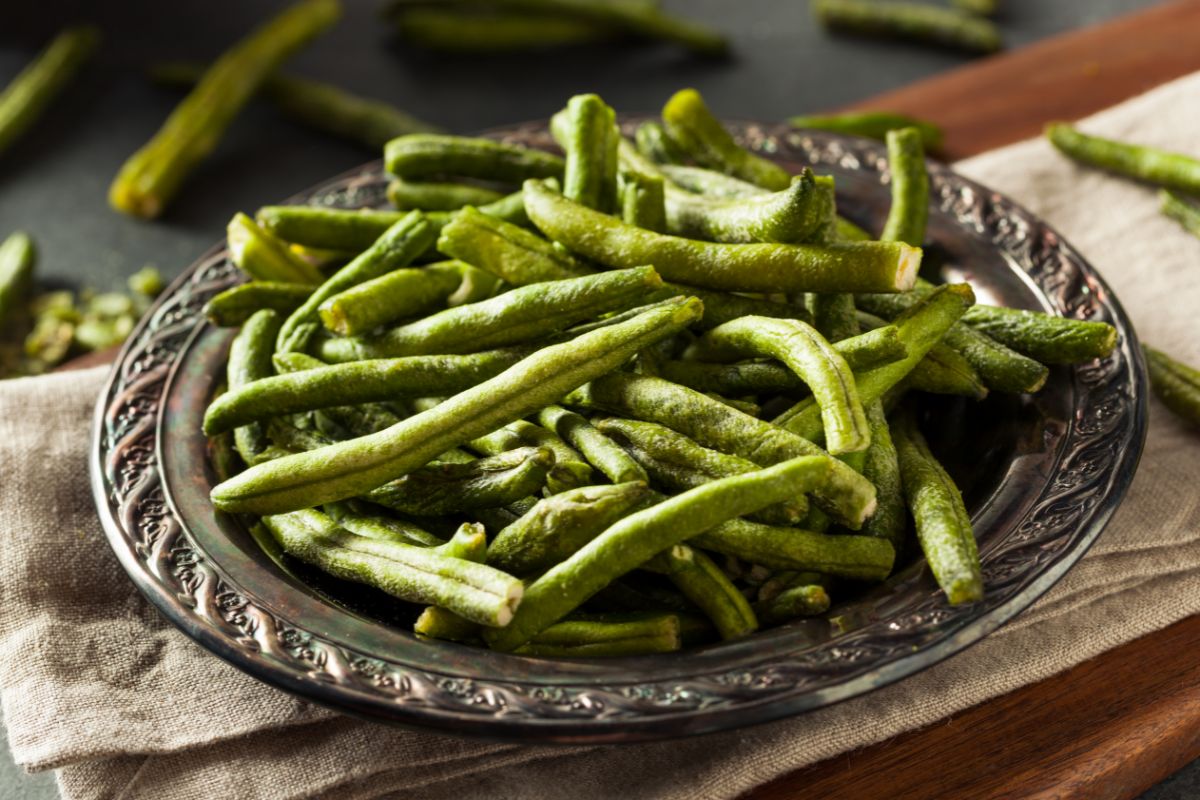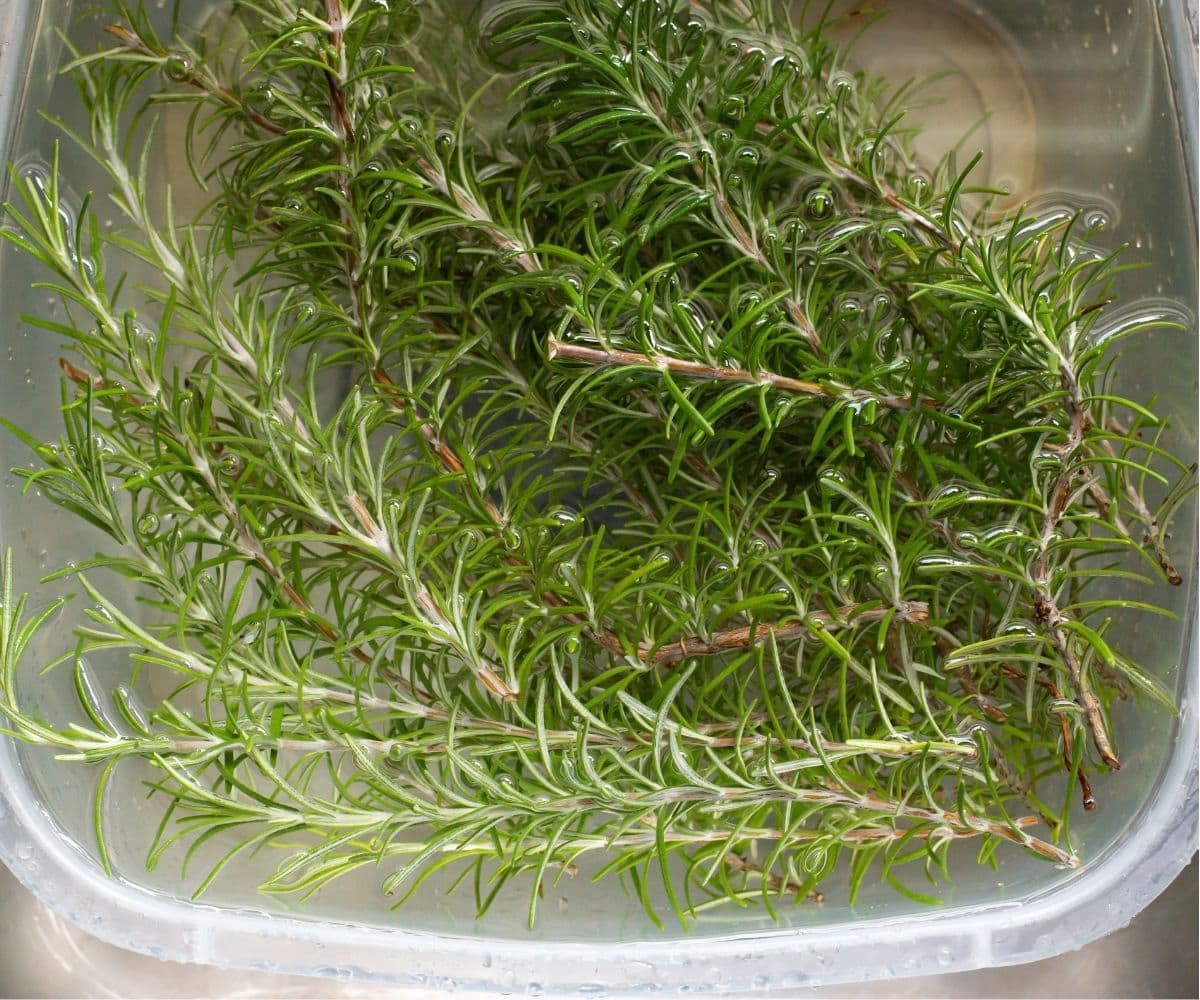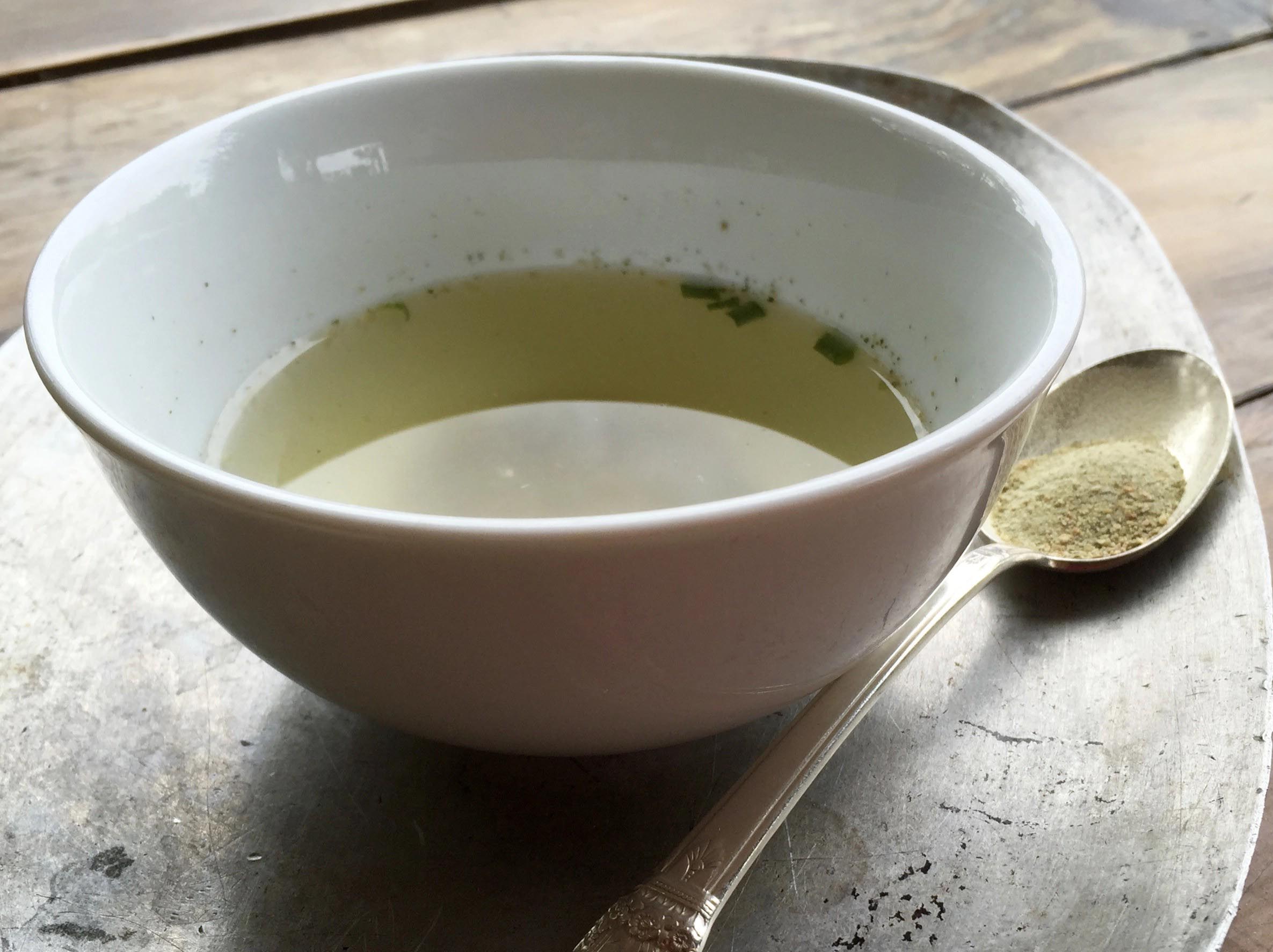Dehydrating a Whole Fish in a Dehydrator: A Step-by-Step Guide
Dehydrating a whole fish in a dehydrator is a great way to preserve and enjoy your catch for an extended period. Whether you’re a fishing enthusiast looking to make the most of your haul or simply want to try something new, dehydrating a whole fish can be a rewarding and delicious experience. In this guide, we’ll walk you through the process of dehydrating a whole fish in a dehydrator, from preparation to storage.
What You’ll Need
Before you begin, gather the following supplies:
- A whole fish, gutted and cleaned
- A food dehydrator
- Seasonings of your choice
- Sharp knife
- Cutting board
- Parchment paper
Preparation
Start by rinsing the fish under cold water and patting it dry with paper towels. Place the fish on a clean cutting board and use a sharp knife to make shallow cuts along the body. This will help the fish to dehydrate more evenly and efficiently.
Seasoning
Next, season the fish to your liking. You can use a simple combination of salt and pepper, or get creative with your favorite herbs and spices. Sprinkle the seasonings both inside and outside of the fish, ensuring that it is evenly coated.
Dehydrating
Once the fish is seasoned, place it on a parchment paper-lined tray in the dehydrator. Set the dehydrator to a low temperature, around 145°F (63°C), and allow the fish to dehydrate for 8-12 hours. The exact time will depend on the size of the fish and the power of your dehydrator, so be sure to check on it periodically.
Checking for Doneness
To test if the fish is fully dehydrated, look for a leathery texture and a lack of moisture. The fish should be firm and slightly pliable, but not soft or squishy. You can also check by breaking a small piece in half – it should snap easily and not bend.
Storage
Once the fish is fully dehydrated, allow it to cool to room temperature before storing. You can store the dehydrated fish in airtight containers or vacuum-sealed bags. Properly stored, dehydrated fish can last for several months, providing a convenient and tasty protein source for your meals.
Enjoying Dehydrated Fish
Dehydrated fish can be enjoyed on its own as a snack, or rehydrated and incorporated into various dishes such as soups, stews, and salads. Its concentrated flavor and long shelf life make it a versatile addition to your pantry.
Dehydrating a whole fish in a dehydrator is a simple and rewarding process that allows you to enjoy the flavors of freshly caught fish for an extended period. With the right tools and a bit of patience, you can create delicious and nutritious dehydrated fish that will elevate your culinary creations.
Was this page helpful?
Read Next: How To Dehydrate Sunchokes
